
The Bay Area is a place where things change, for better or worse. Whether you start counting at the moment it changed from being a Mexican city to an American one, to the rise of the Beats, Panthers, Hippies, or the Homebrew Computer Club, the Bay Area has been the center of so many turning points and sea changes that for some, it’s probably not hard to imagine the Bay Area as the center of the modern world.
Today, the Bay Area, and particularly San Francisco, are in the news a lot. But instead of the impact of counter-culture, it’s corporate culture stealing the headlines—rising rents and Google buses, gentrification in the shadow of an ascendent (and impetuous) Airbnb. Of course, this isn’t the whole story of a region that includes dynamic, diverse, and sometimes problematic places like Oakland, Santa Cruz, San Jose, and Stockton. But in many ways the story of the Bay Area remains a touchstone for larger shifts in the cultural and economic landscape, suggesting where things may be headed for the rest of us.
Videos by VICE
An upcoming photo exhibition, coyly titled Status Update, aims to expand the discussion and add context to the stories coming out of today’s Bay Area by looking inward. Gathered by curators Pete Brook and Rian Dundon in partnership with Catchlight, the work of 14 photographers documents the many local facets of the region and the questions and issues it represents beyond just being a den of startup douchebaggery—housing, jobs, healthcare, police relations, education, etc. It’s a diverse exhibition that will feature photos, video, even GIFs, and a series of conversations and workshops, all meant to add nuance to a vital and fertile place that represents something to everybody.
VICE caught up with Pete Brook to talk about Status Update, and what it hopes to reveal about the cities by the Bay.
VICE: With all the interest and intrigue the place has generated for decades, why was it time for a status update from the Bay Area?
Pete Brook: Changes right now in San Francisco, Oakland, San Jose, and all the surrounding spaces are rapid. As curators, [Rian] Dundon and I aren’t necessarily putting a value judgement on the change, partly because we’re in the middle of it, and partly because we don’t know where it’s headed. We do notice though that when changes ramp up, so do people’s energies and anxieties.
When everything is in flux, people rush to figure out if they’re going to do well by the change or get left behind. Quickly people can find their camps among the “winners” or the “losers.” But here in the Bay Area, most people are not the super rich or the very disadvantaged. What is the spectrum of our experience? Status Update is meant to be a moment to pause and reflect, maybe make some new connections between ideas and each other.
Obviously, a lot of these changes are due to the disruption of tech money on the regional economy, on migrations, on housing stock, and on what communities feel should shift and what should stick around. That’s the nod and the wink of the title Status Update. Status update is a term from social media and of virtual, immediate experience, but the show is about documentary projects that span back years.

Can you tell me how this exhibition came to be?
The photographs had to be good. This is a photo show first and foremost. Catchlight’s mission is to support committed photographers. Rian’s a photographer himself and he’s got a conscience. I’ve focused for years on what good photography can do. We are as interested in how stuff is made [as] what is made. We’re saying to the Status Update audience, “This is what we value and you should take inspiration from these artists’ motives and methods. If you do, you’ll probably make good stuff too.”
We didn’t want to be dogmatic. We didn’t want to stake out a position about change, merely we wanted to bring the greatest breadth of issues to one place.
Catchlight gave Rian and I a pretty open mandate and backed 99 percent of our decisions. Rian and I disagreed on little. We looked at 50, 60, or more bodies of work. Always looking for a balance between geographic area, style, race, and gender of subjects, race and gender of artists. Some artists we knew well and had seen their work and it was a quick decision. Others we had to meet and delve into their archives. A couple of artists are still in the middle of projects and we negotiated what we can show.
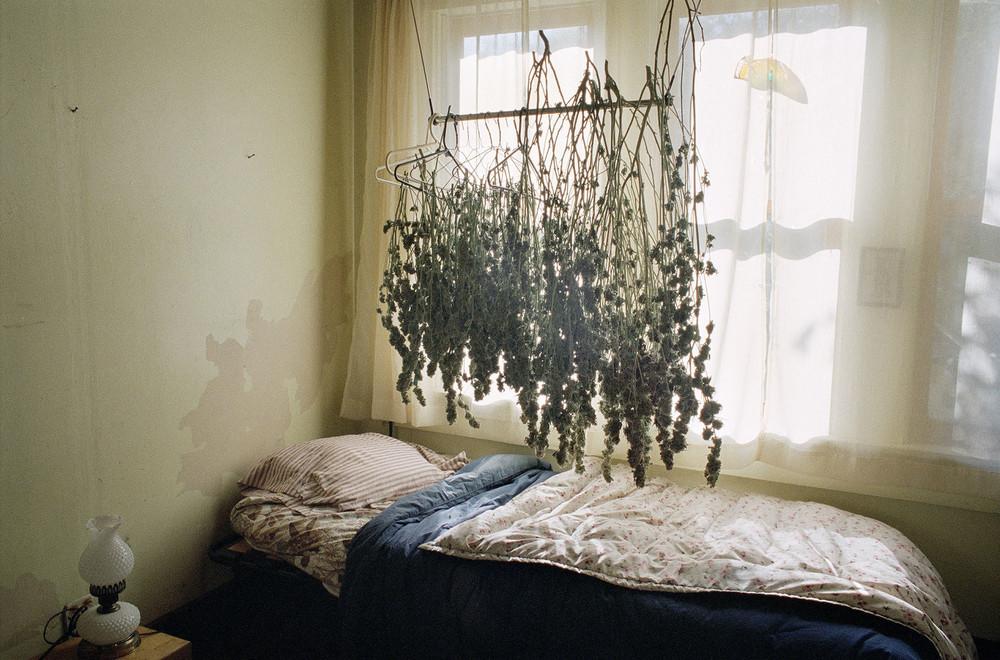
Talia Herman, Sonoma, Calif. Summer 2011
I gather that everybody involved in this exhibition is a San Francisco resident. What role does locality play in this project?
Almost. There’s 14 artists. 12 of them live in the Bay Area. Sam Wolson lived here for years and documented one man Shannon Fulcher throughout (work that we present that work for the first time anywhere). Unfortunately, Sam won’t see it. He just moved to Kenya to be with his love. Joseph Rodriguez, who shot the foreclosure crisis in the Bay Area, is New York based, but he’s been photographing all over California for 20 years. His work feels local.
It seems like the mystique of Silicon Valley, the global interest in the Bay Area, and its triumphs and troubles in recent years could serve as leverage to open conversations about issues that are more real and relevant to people around the country than startup culture and Google buses. How does the works’ local-ness compare to the more global themes it touches on, wealth disparity and so on?
Sergio De La Torre, one of the artists in the show, said to us in our first meeting, “What happens in the Mission is indicative of what’s happening in San Francisco, in California, in the states, the world. Inequalities are everywhere.” From my own work looking at prisons and criminal justice, I know that crime rates are the highest in countries with the largest economic gap between rich and poor. De La Torre actually talks about the current situation as being the end of a cycle, as opposed to an undefined way-point on a long arc of change. I see his point, just as he sees power between the rich and poor on his very own street as a continuum of rich and poor across the NAFTA region. Economic strength is important, but not if it comes as the expense of some sections of society and not if it has permanent negative effects. We all want jobs, but we also want to have some choice about whether we stay in the neighborhood we call home.
I think it is important to say as well that Status Update is occupied with the cultures and attitudes that have existed for a long time before any of the tech disruptions began. Rural counter-culture, African American-owned barbershops, the foster care system, and even the foreclosure crisis of 2008/09. We have to be very conscientious about how, what, and if we link to the current tech boom. There’s a lot going on that needs recognizing; things that might not be a direct response to new economic pressures, but things that, no less, provide us answers on how to [come together] as community.
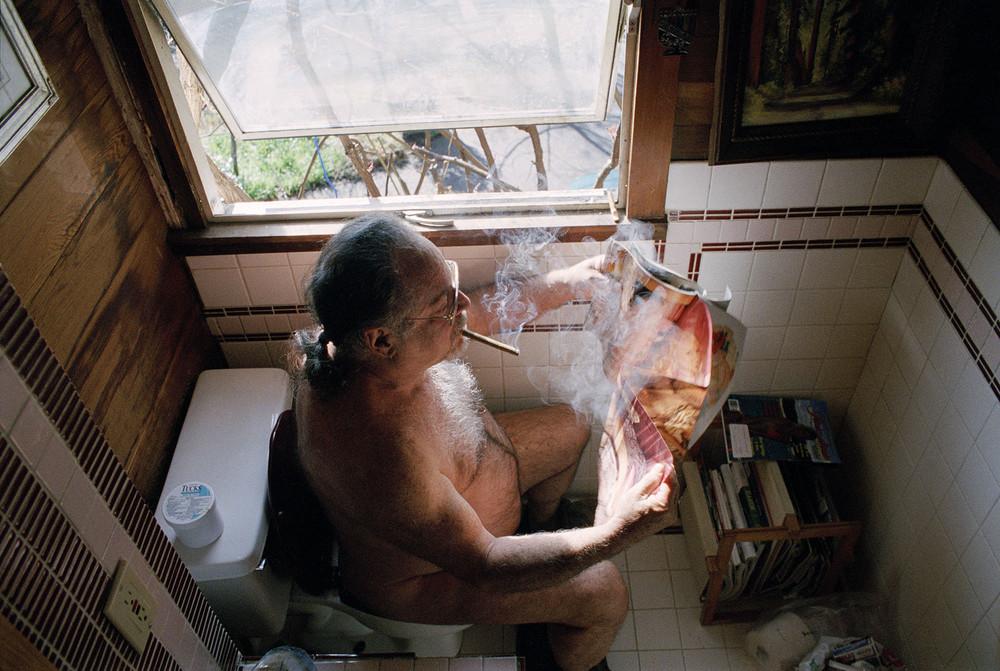
Talia Herman, Sonoma, Calif. Winter 2012
How did “change, chance, and inequality in the Bay Area” emerge as the unifying themes? Did these emerge from the work, or was the work collected according to these notions?
Those were what we identified as the unifying themes. The change bit is obvious, right? And we wanted to showcase work that brought people from different experiences closer. Change only alienates if we let it. But we’re not saps. We know that people are moving due to economic forces and we know resilience is proportional to means. Those with a bank balance have more choices. That’s not controversial, that’s fact. So inequality exists. But what is this change and inequality doing? Is it permanently altering and damaging our region? Or is it building something new, something better? Depends who you are, right? So we keep an open mind as curators.
Chance emerged a little later. It seemed that there’s always elements of luck and opportunity that are not planned. Chance comes in different scales and exists in different ways for different folk. In some ways, it is helpful to admit that none of us are fully in control.
Personally, I know a lot of well-off folk that somehow stumbled into comfort. It was all chance and had nothing to do with planning or skill. Likewise, people stumble into poverty. America is not a meritocracy. If we accept chance plays a large role in our direction then shouldn’t we look to services and social safety nets to judge the health of our society? Status Update is very interested in what sort of place we’re shaping for future generations.
There is a mention of the power of photography to spark change. Where and in what way might someone who sees Status Update become informed or inspired to make a positive change?
Spark conversation that might lead to change. The artists in this show very perceptively shape fuller pictures of others’ experiences. I’m still hedging my bets on the connection between images and empathy, and on empathy and behavior. I’m hoping that Laura Morton’s work on young tech dreamers allays some of the vitriol pointed blindly at all those who work in the sector. I hope people are inspired by Pendarvis Harshaw’s simple approach and go and ask others in their neighborhoods questions, to show an interest. I hope Brandon Tauszik’s documentary GIFs encourage other creatives to think about subverting formats for social commentary. I hope that people will be moved by Robert Gumpert’s audio interviews to a degree that they think of who’s in our jails and prisons differently. I hope that Talia Herman’s images reveal that nothing is quite as idyllic as it seems and that which is most real is always that which is before us. We just had elections here and in San Francisco, five of the ballot initiatives were about housing. It’s the issue of the moment. We have to deal with it and we have to make a city that welcomes people up and down the economic spectrum.
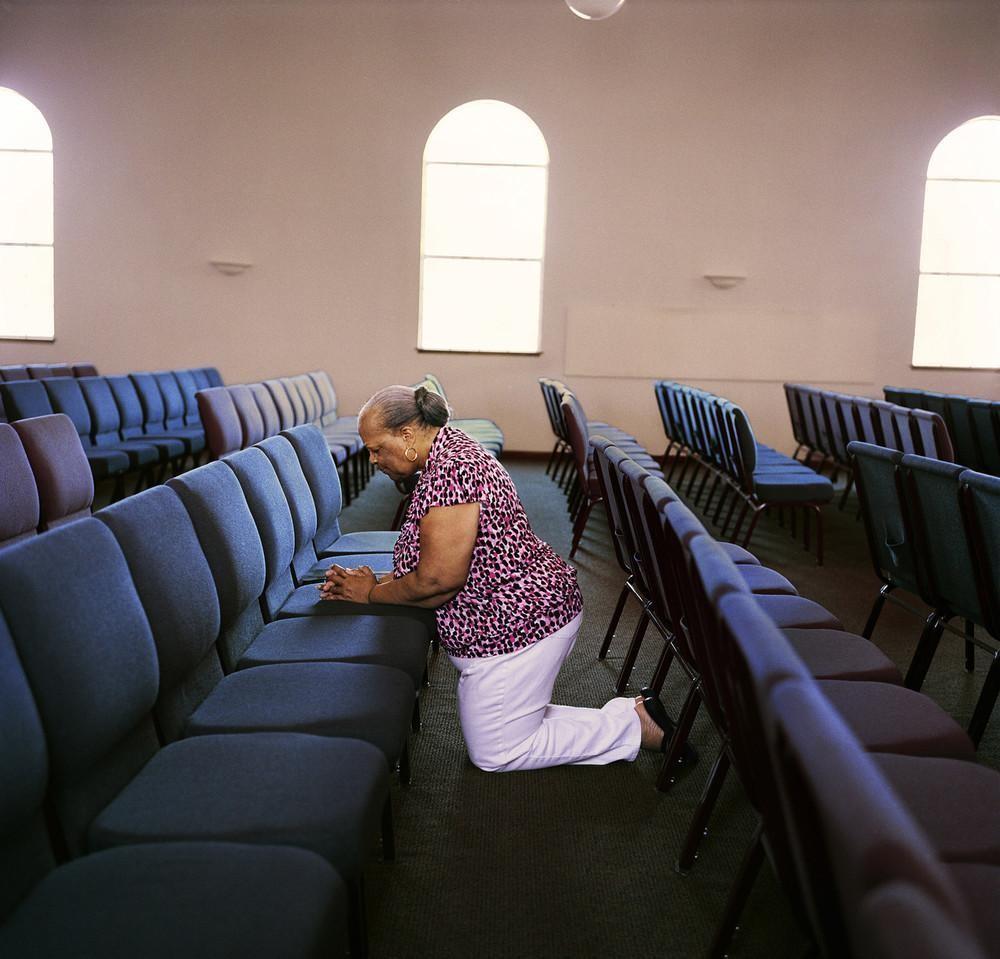
From the series ‘Faces of Foreclosure’ by Joseph Rodriguez
About the title: A status update on, say, Facebook is largely ephemeral; expressive, and representational, but also limited in scope and not always accurate. How does this exhibition differ from or reflect its namesake?
There’s no way one statement, one exhibition, one year could faithfully reflect the varied lives of residents in the Bay Area. In that sense Status Update is ephemeral. A status update is a tiny flag among billions thrown out into our shared digital space every day. It’s a gesture, a marker, something others can grasp if they want. We want to take stock of the Bay Area. We want to take about images, but really we want to talk about us, and the places we call home.
We also wanted to wrest control, albeit briefly, of a phrase associated with one of the biggest companies in the world and sit with the fact that Facebook, like the majority of other global tech firms, are based here. I’m no luddite or foil hat-wearing nutter, but the seamlessness with which technology jumps from corporation to device to pocket to behavior is, at times, alarming. We’re only going to become more worked and networked. What is our agency in the face of era-defining change? And does that agency differ when you physically live in the shadow of the companies driving the change? Maybe, maybe not, but it’s one hell of a conversation starter.
What kind of workshops and conversations are going to take place beside the photos and videos throughout the three day exhibition?
The [San Francisco County] jail is just a couple of blocks away from the venue SOMArts. On the Saturday and Sunday morning, we’re inviting friends and family who are visiting loved ones in the jail to come down to our place and have some free coffee and donuts. Robert Gumpert, whose portraits from the SF County Jails are in the show, will be there with a pop-up studio. People are invited to add to his decade long Take A Picture. Tell A Story. Concurrently, Gumpert is working on a new project that interviews San Francisco’s homeless. They’re invited to the gallery to speak truth to power, too.
We’ve got a panel discussion with artists Laura Morton, Pendarvis Harshaw, and Paccarik Orue, and guests Matt Gonzalez, Chief Attorney of the San Francisco Public Defender’s Office; Sandy Close, Executive Director of New America Media; and Charisse Domingo of Silicon Valley De-Bug. I’ll be moderating and I want to find out from these community media practitioners, attorneys, and storytellers if our current modes of communication are working for us. Our connections are faster and the signals are more reliable but is the content bringing us to an understanding of one another?
There’ll be a huge group discussion about homelessness and housing rights wrapped around a showing of Exodus of The Jungle, a 2015 documentary about the destruction of The Jungle, which was at the time the largest homeless encampment in the country… right next to downtown San Jose.
Three short documentaries by young local filmmakers will be aired—Cab City (Rachel de Leon), Lonche (Claire Weissbluth), and My Fa’a Samoa (Ursula Siataga).
Rian and I are on hand all weekend for school and college groups to stop through and then on the Sunday night to wrap things up Pendarvis Harshaw, one of the participating artists is bringing his project OG Told Me to the stage. For years, Harshaw has been asking older African American men to offer advice to youngsters like himself. His Tumblr ‘OG Told Me’ was a huge hit. He’ll be in conversation with Watani Stiner, a restorative justice advocate and former member of the Black nationalist group US.
Status Update opens Friday, November 13 and runs through the weekend at SOMArts, 934 Brannan Street San Francisco, CA 94103. Opening reception is from 6-9PM, Friday, November 13, with programming throughout the weekend. Visit Catchlight for more information.
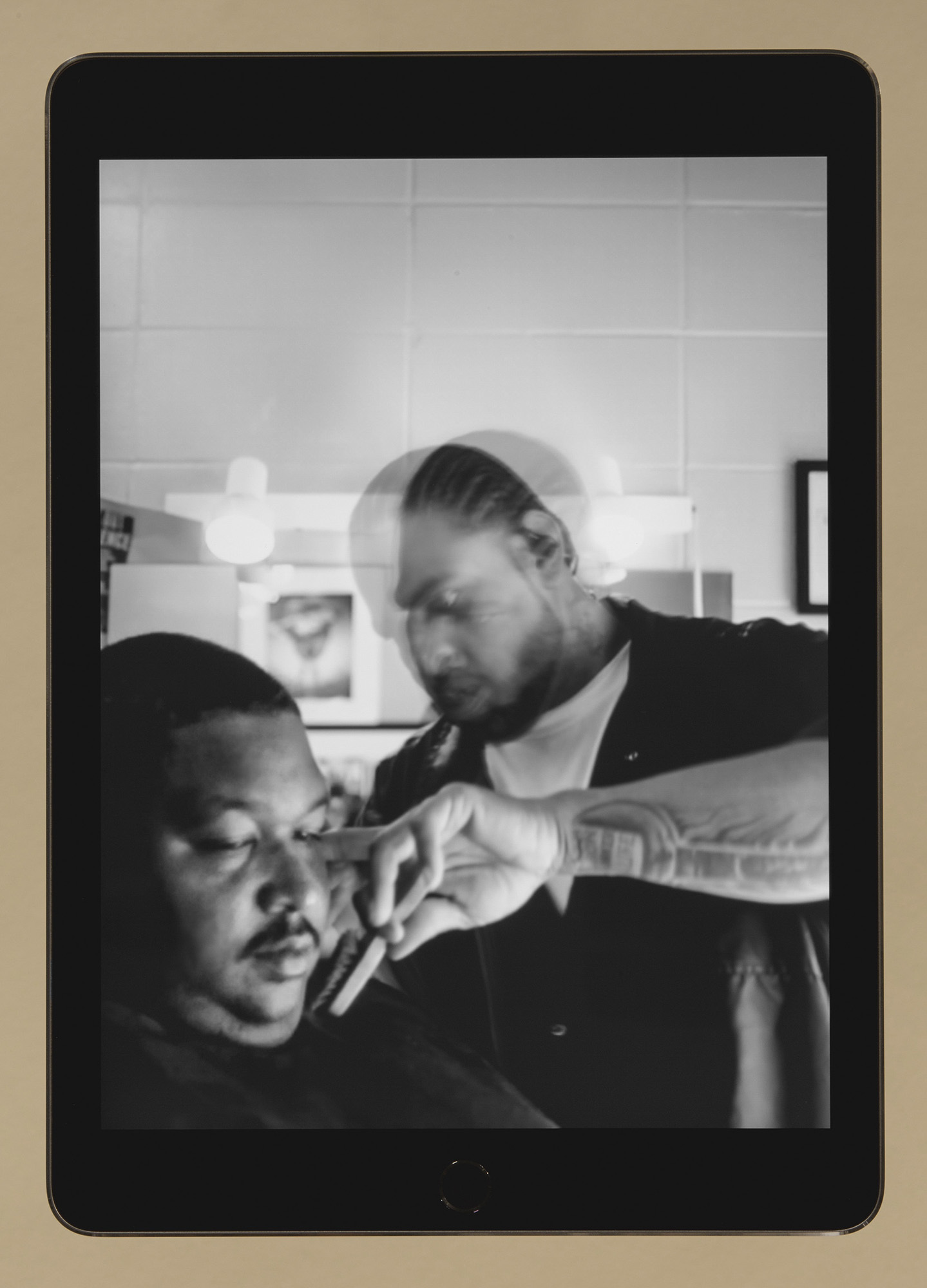
Still from the animated GIF series, Tapered Throne
Brandon Tauszik
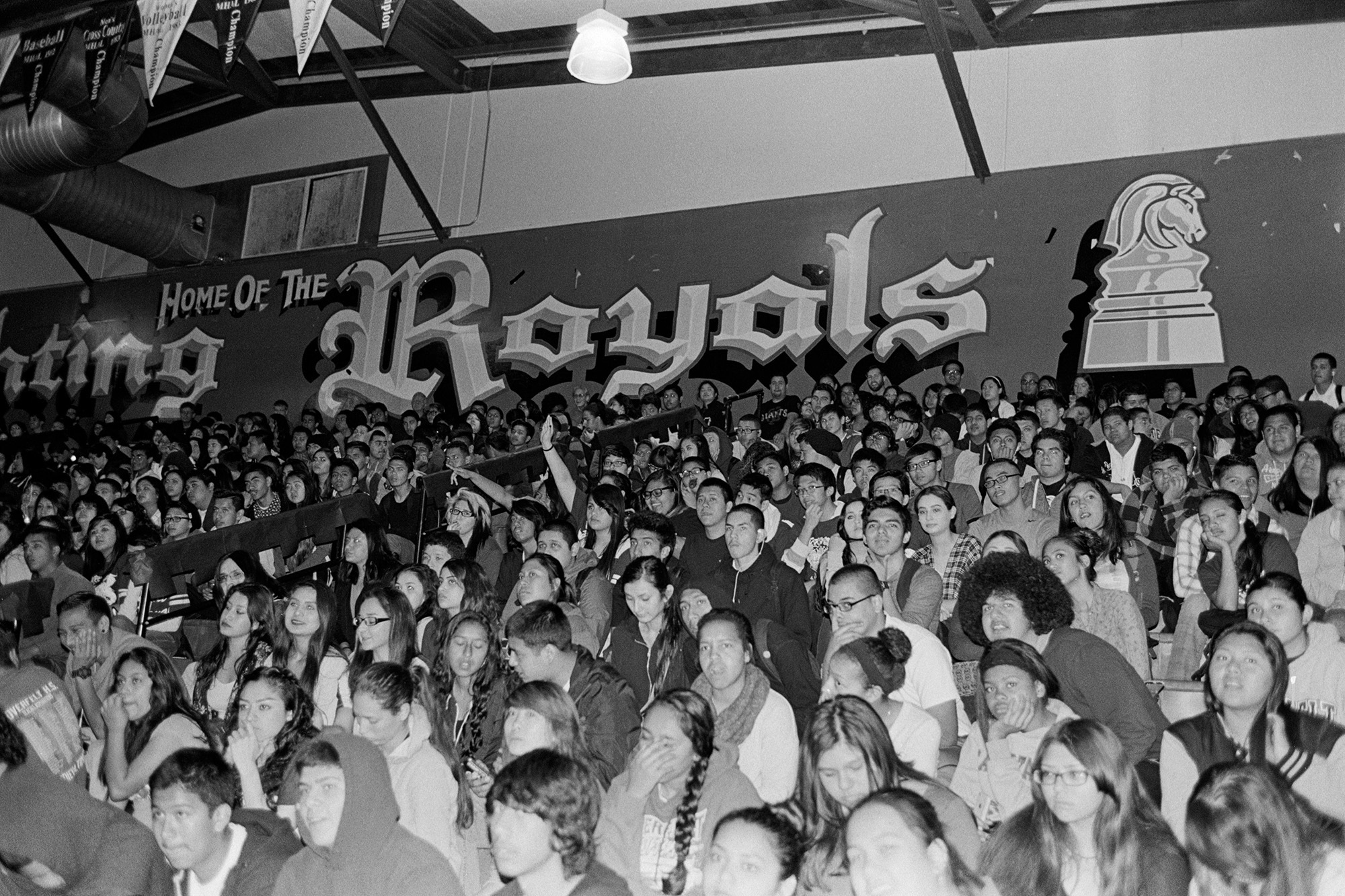
From the series Common Core in Silicon Valley
Rian Dundon
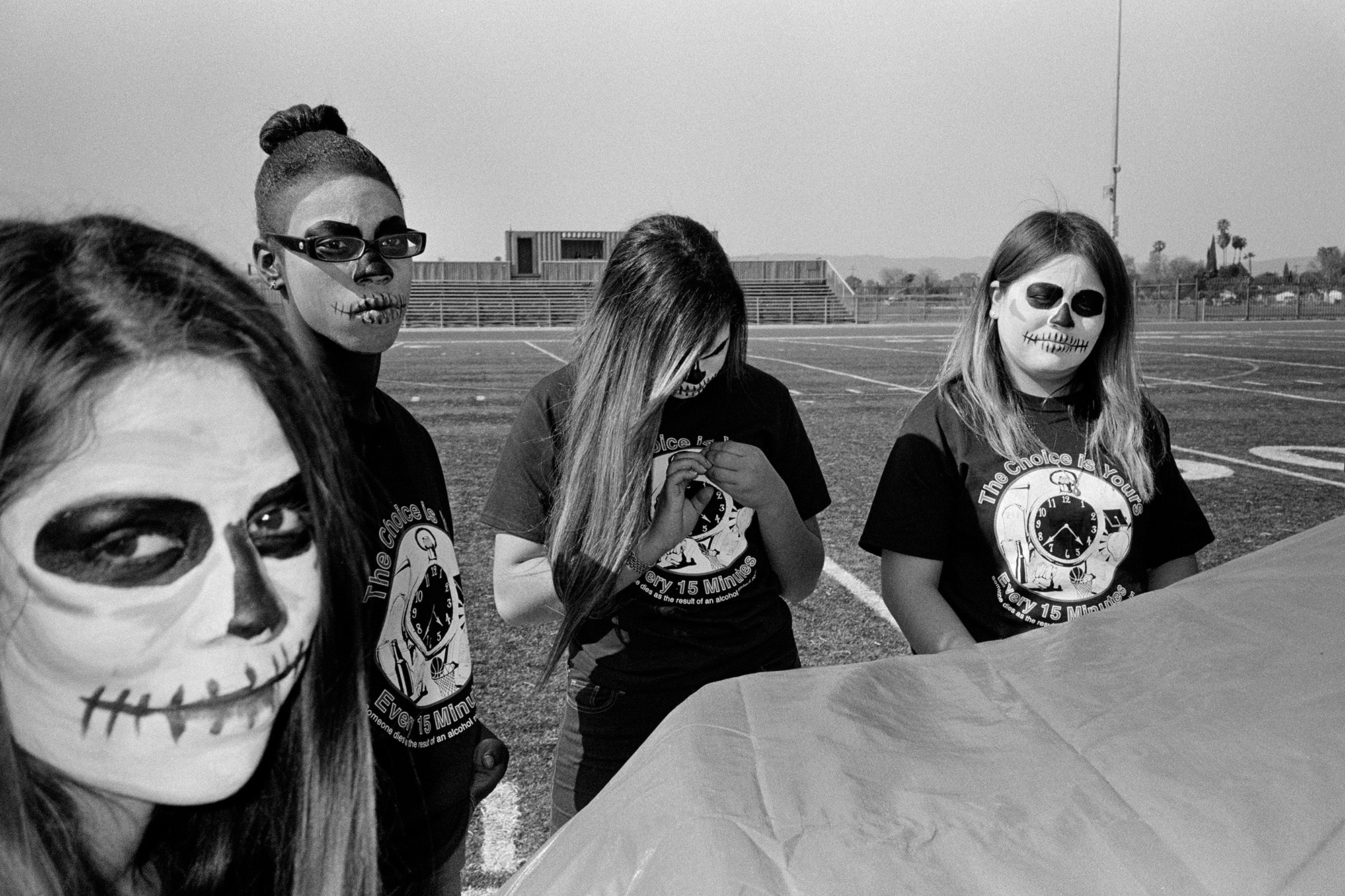
From the series Common Core in Silicon Valley
Rian Dundon
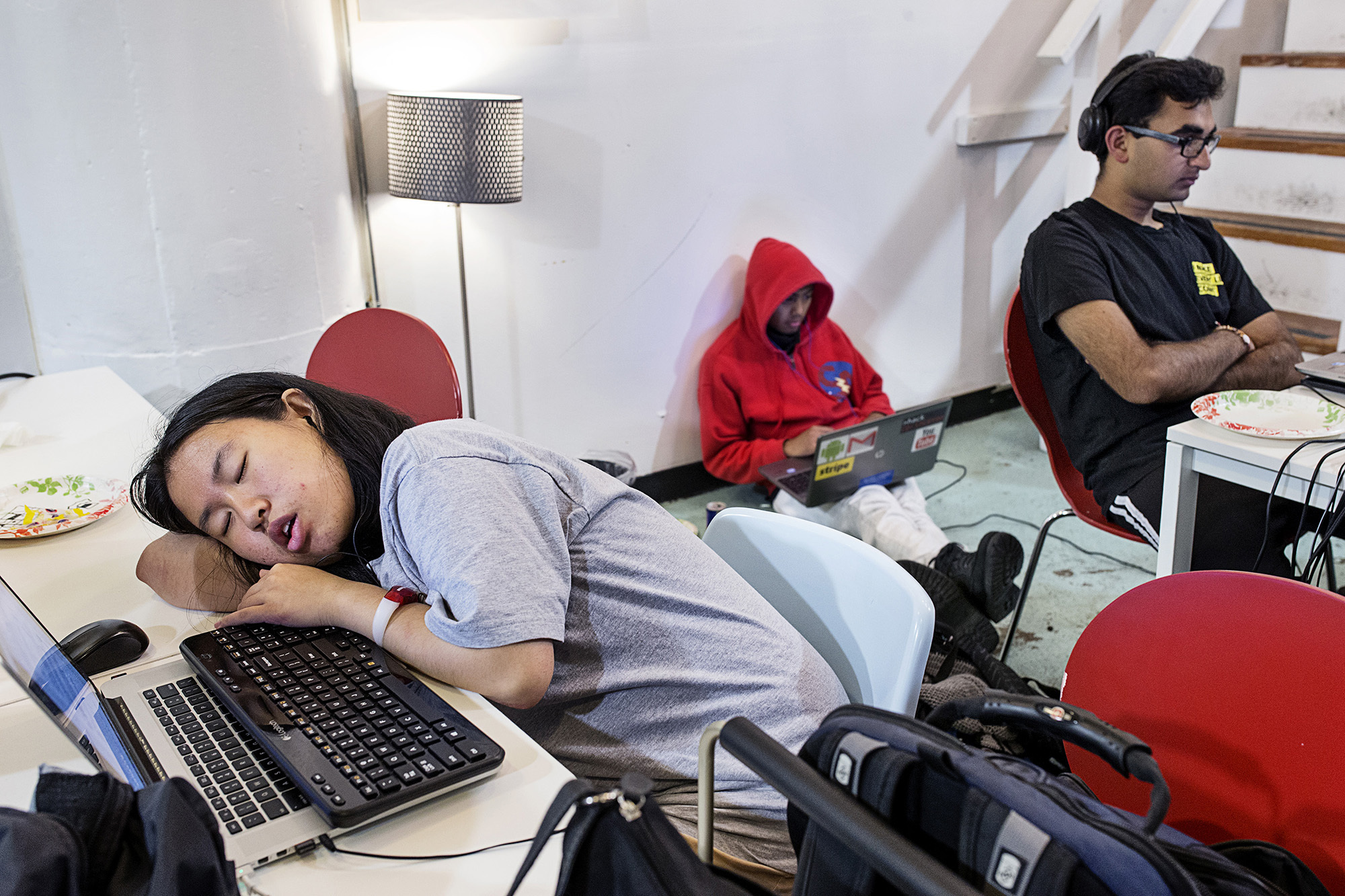
From the series Wild West Tech
Laura Morton
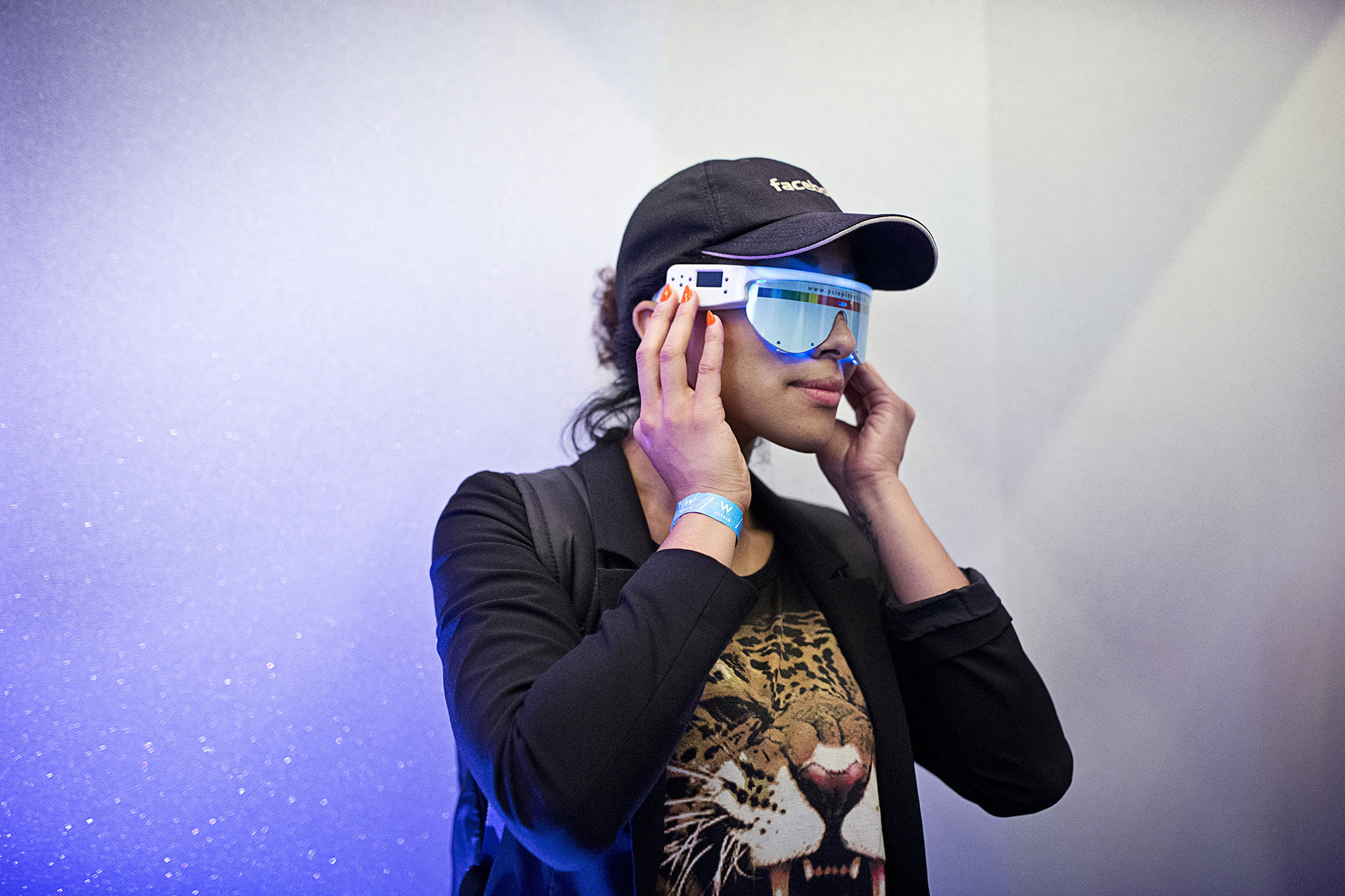
From the series Wild West Tech
Laura Morton
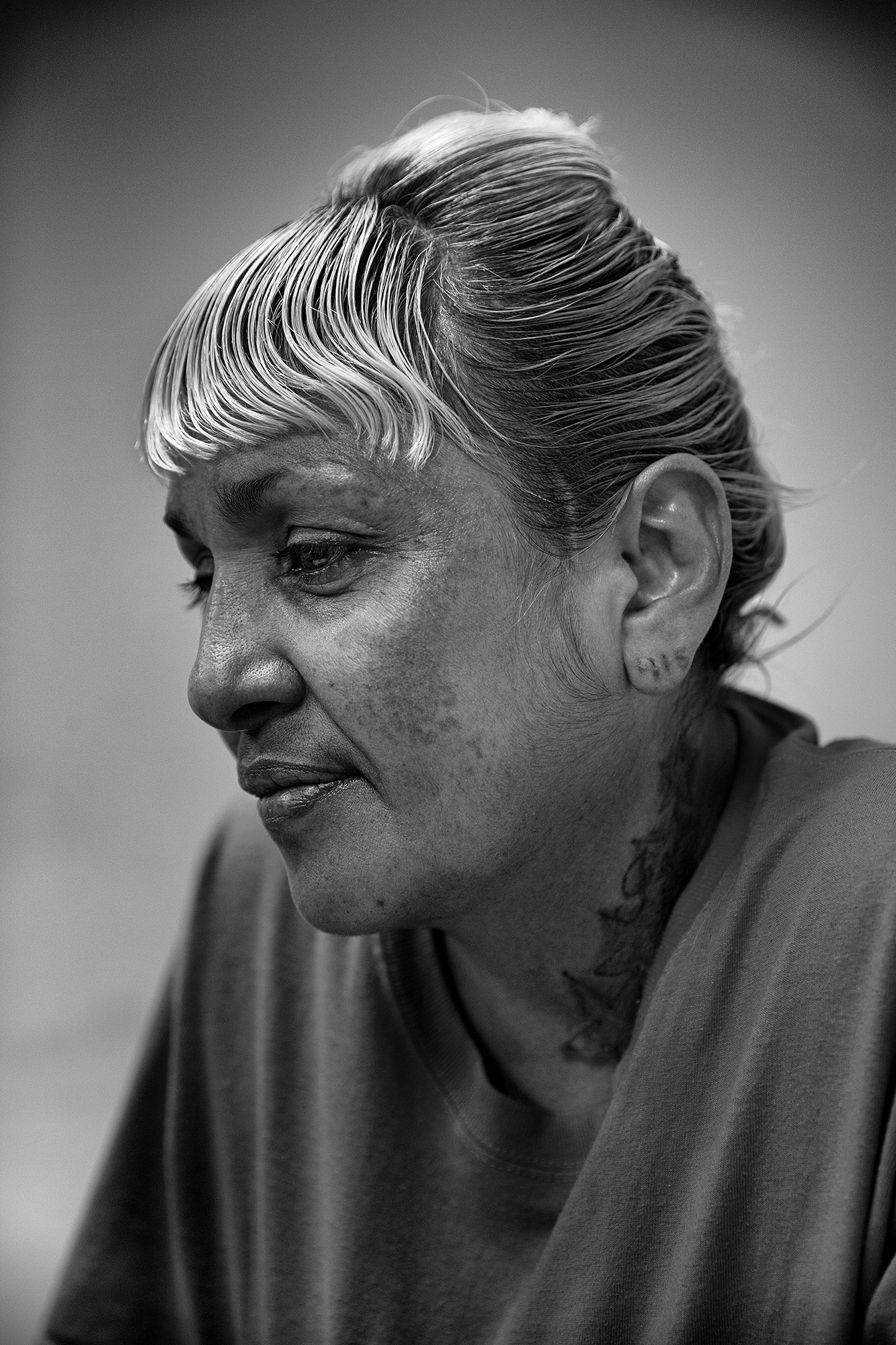
Anna Louisa Urbina. San Francisco County Jail 2. San Francisco, Calif.
Robert Gumpert
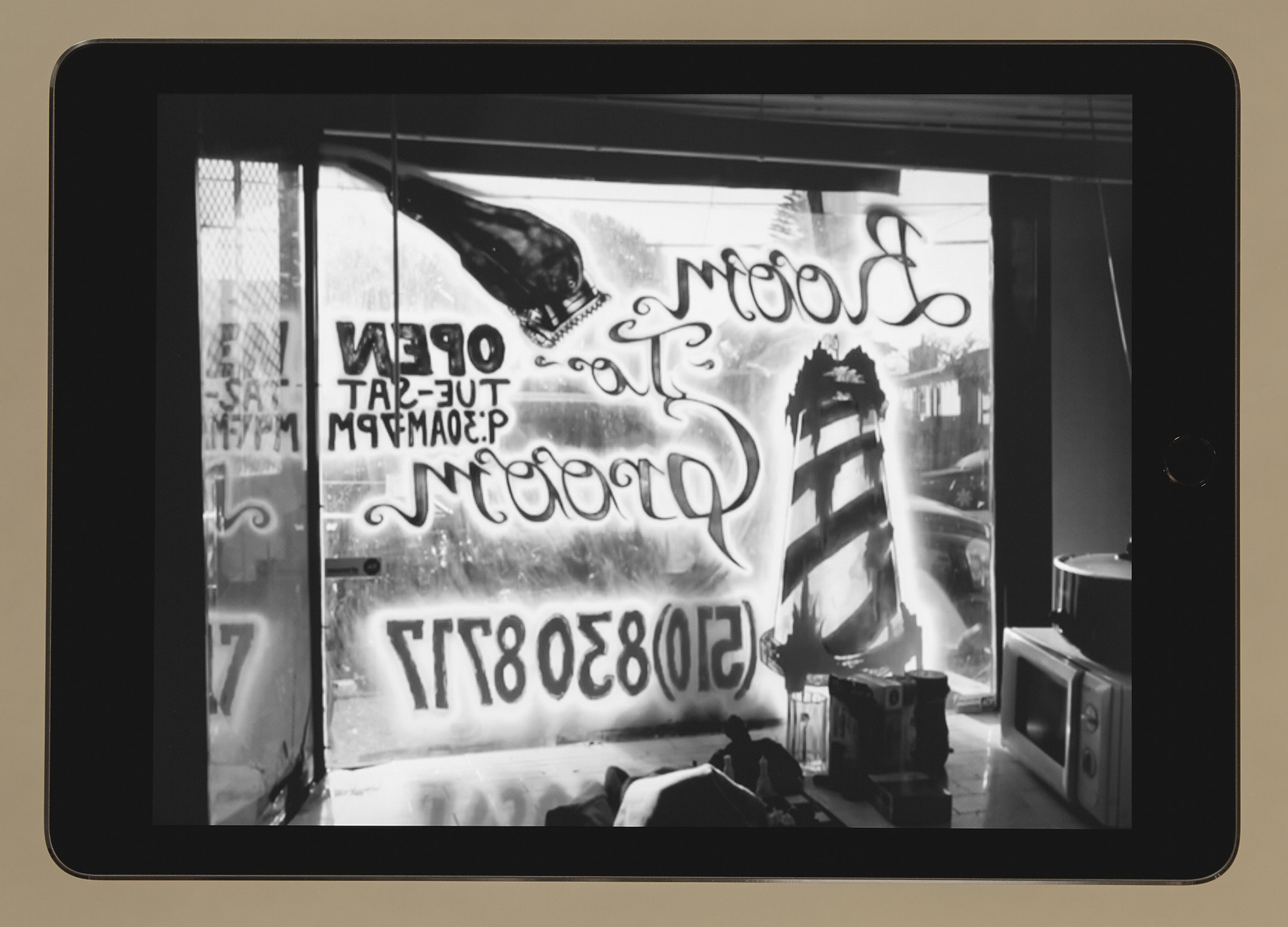
Still from the animated GIF series, Tapered Throne
Brandon Tauszik
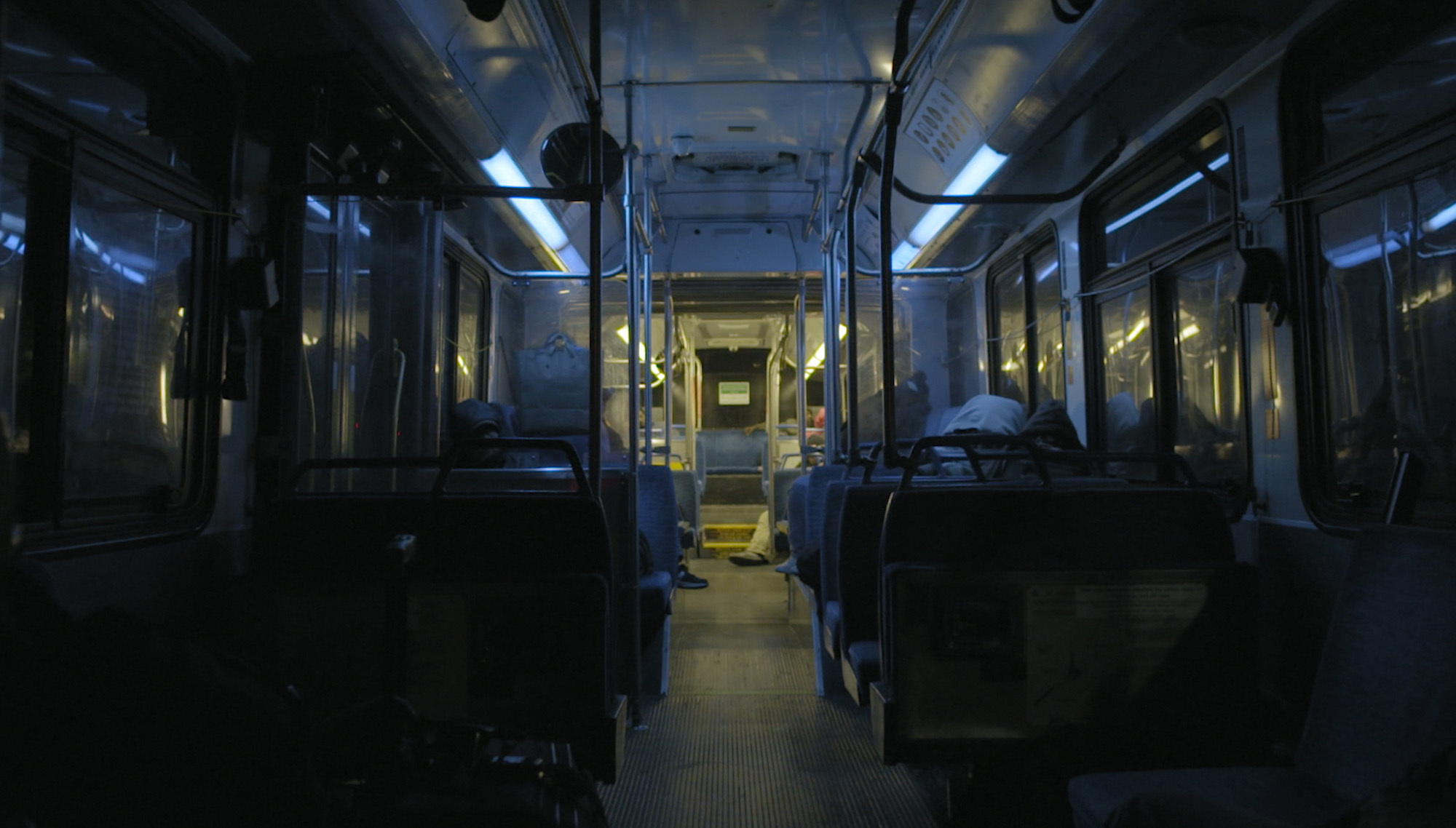
Still from the documentary short, Hotel 22
Elizabeth Lo
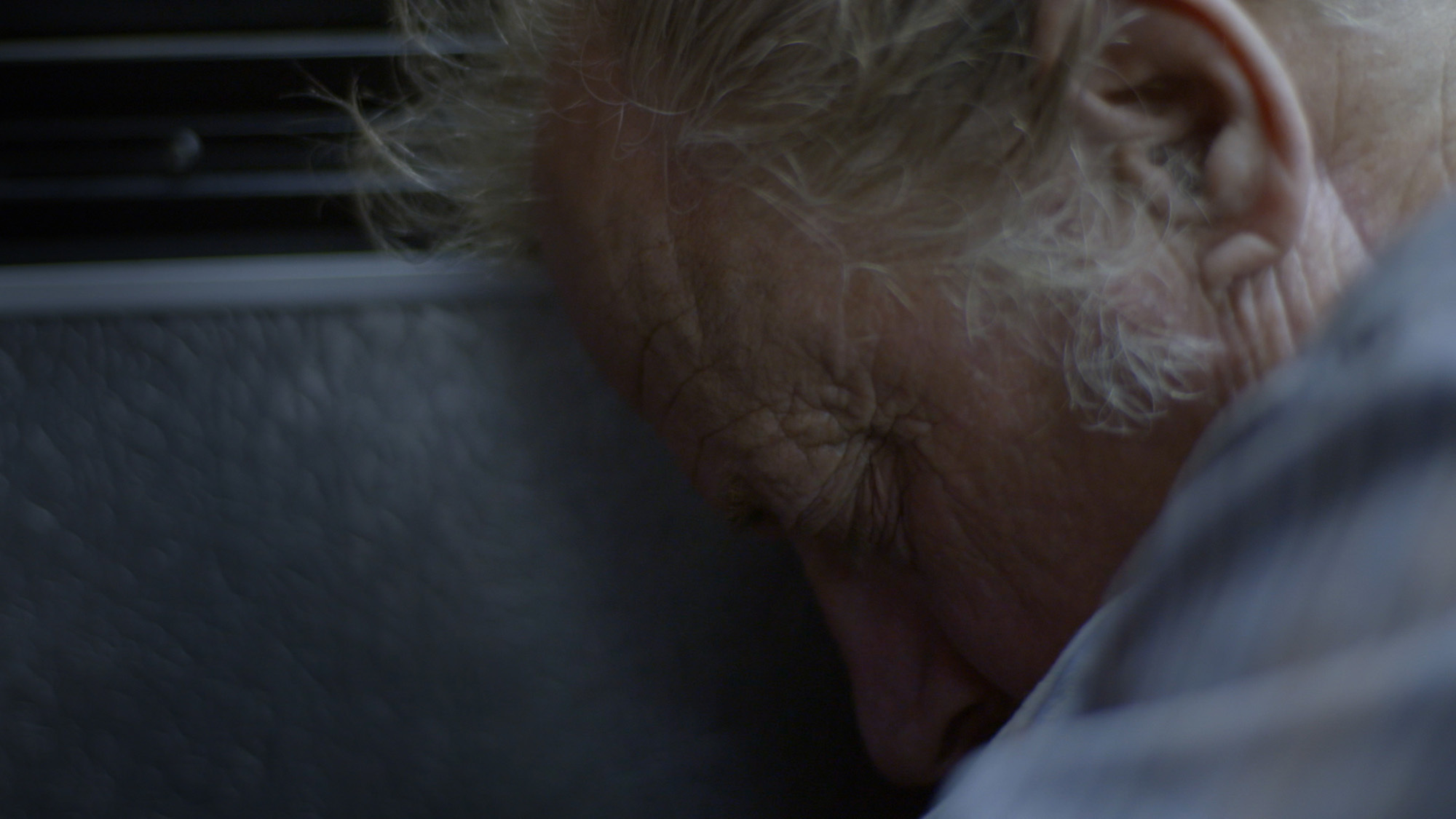
Still from the documentary short, Hotel 22
Elizabeth Lo
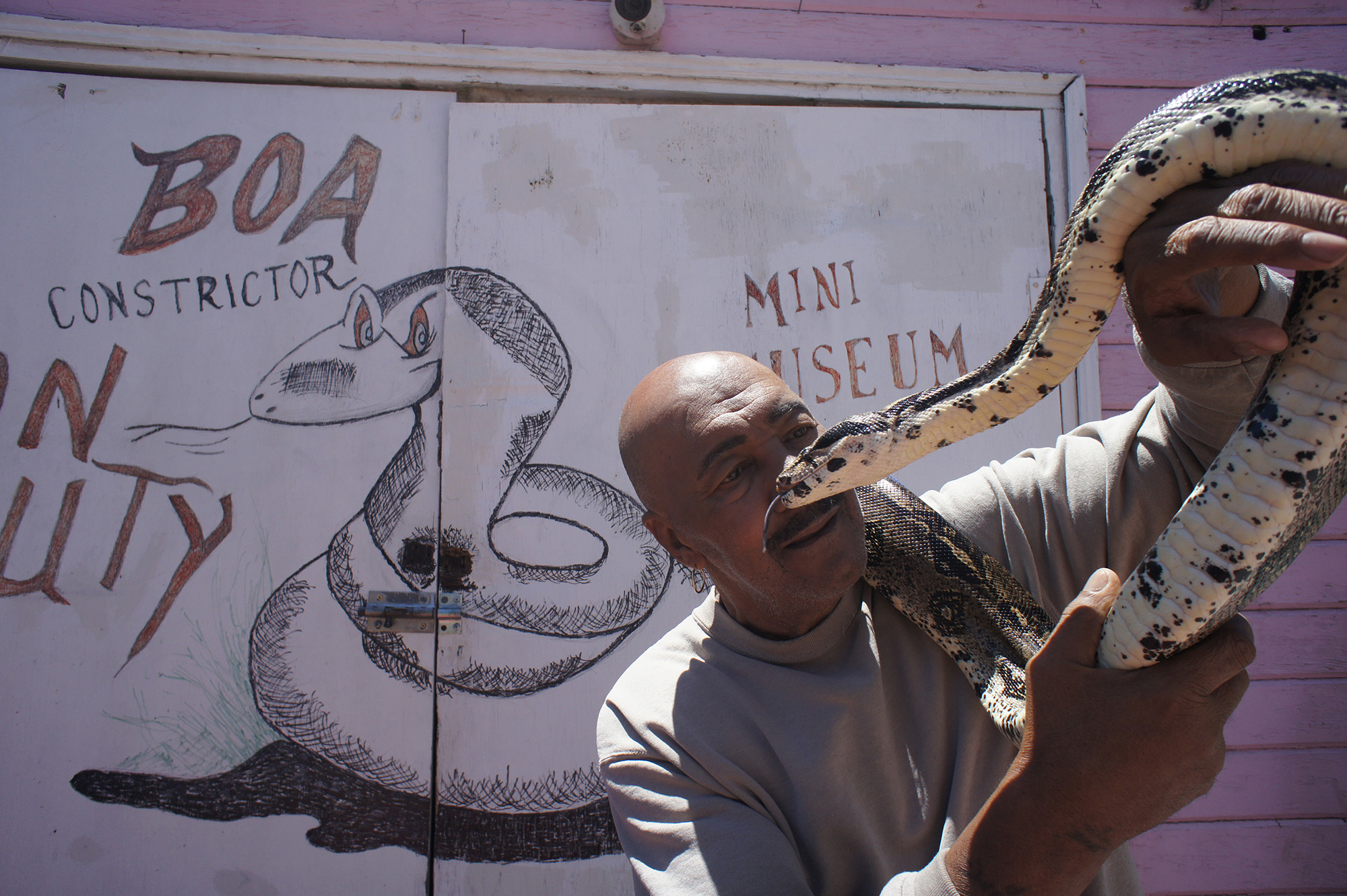
From the series OG Told Me
Pendarvis Harshaw
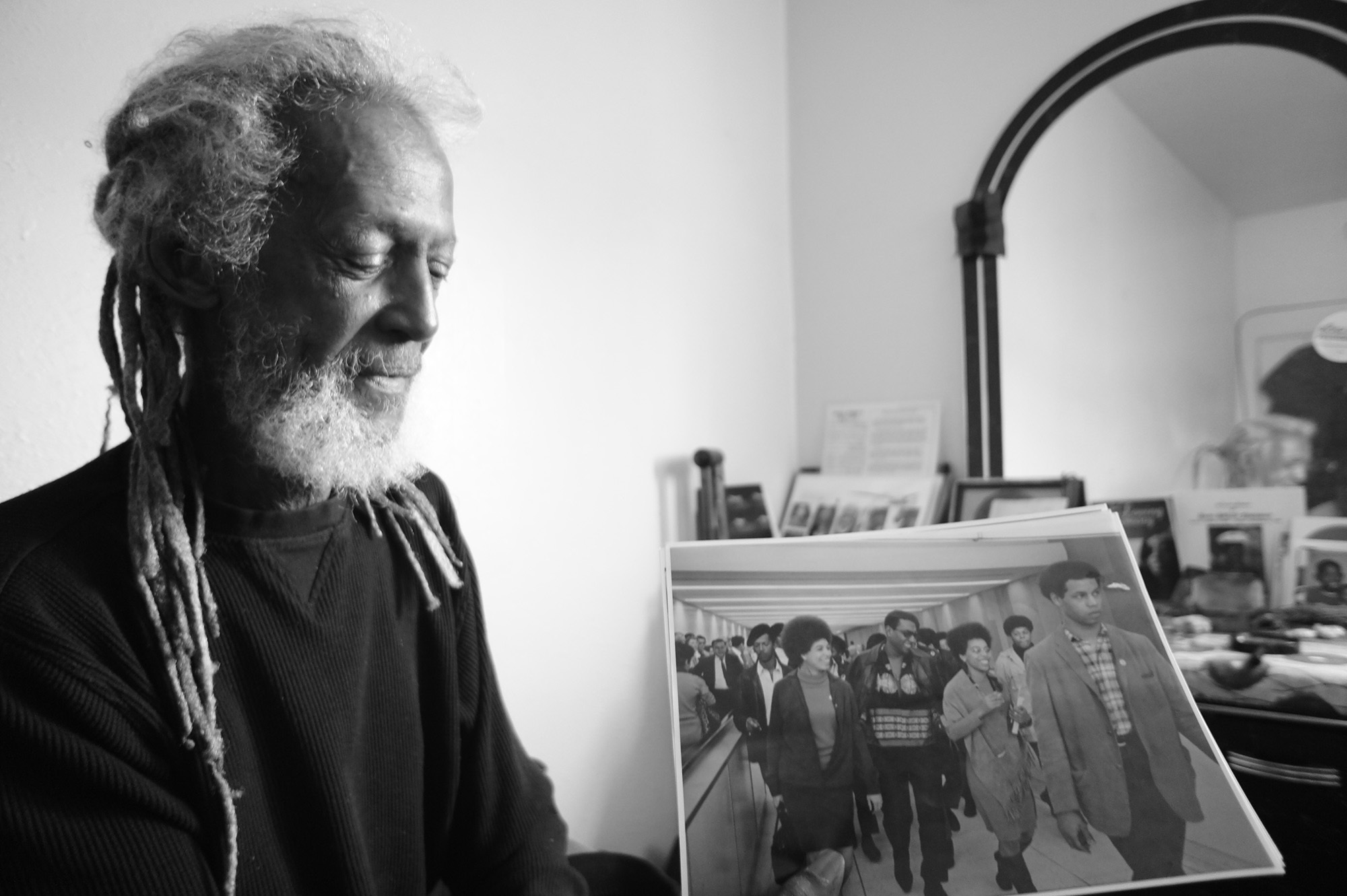
From the series OG Told Me
Pendarvis Harshaw
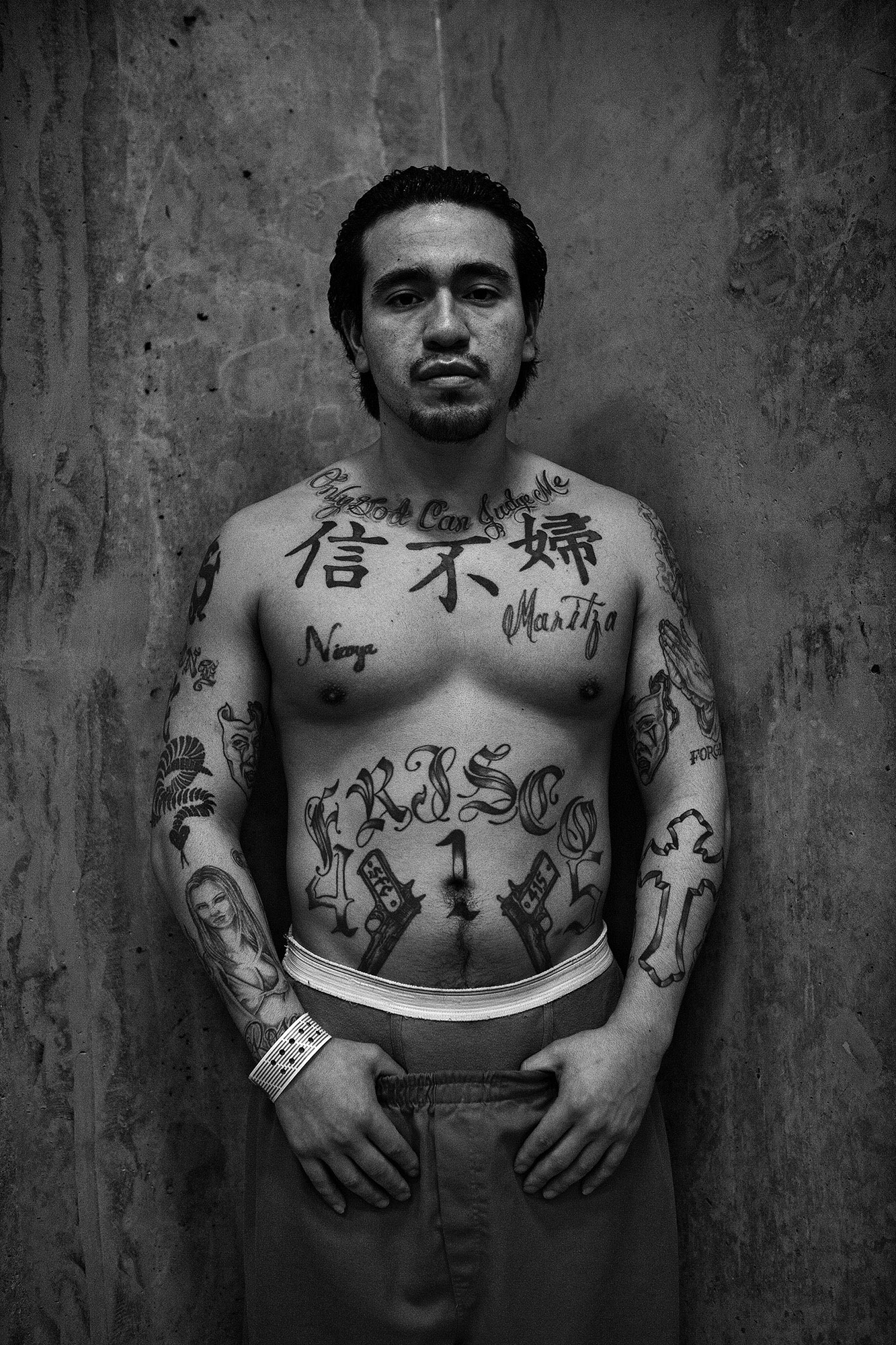
Erik Aburto. San Francisco County Jail 5. San Francisco, Calif.
Robert Gumpert
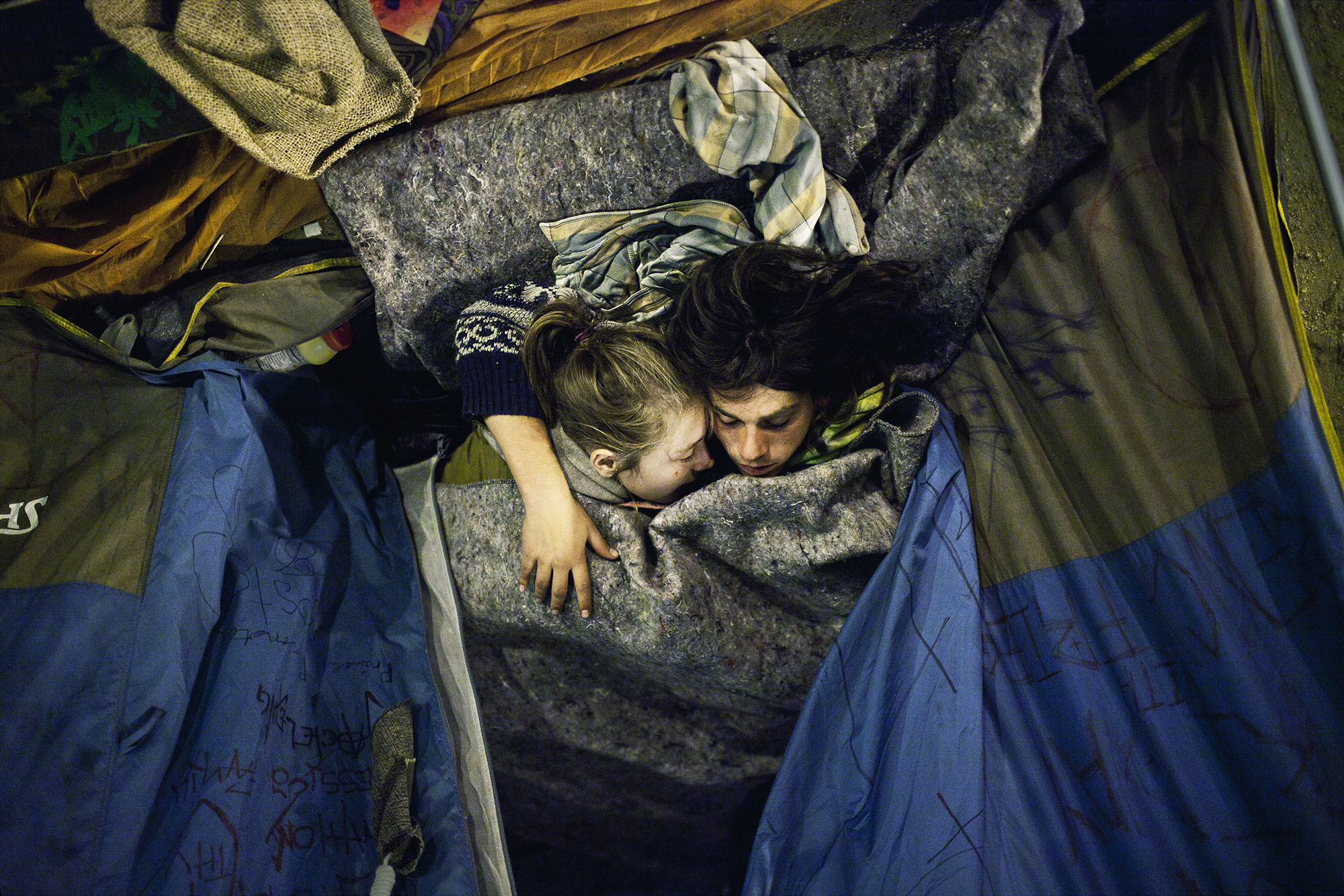
From the series Occupy Bay Area
Lily Chen
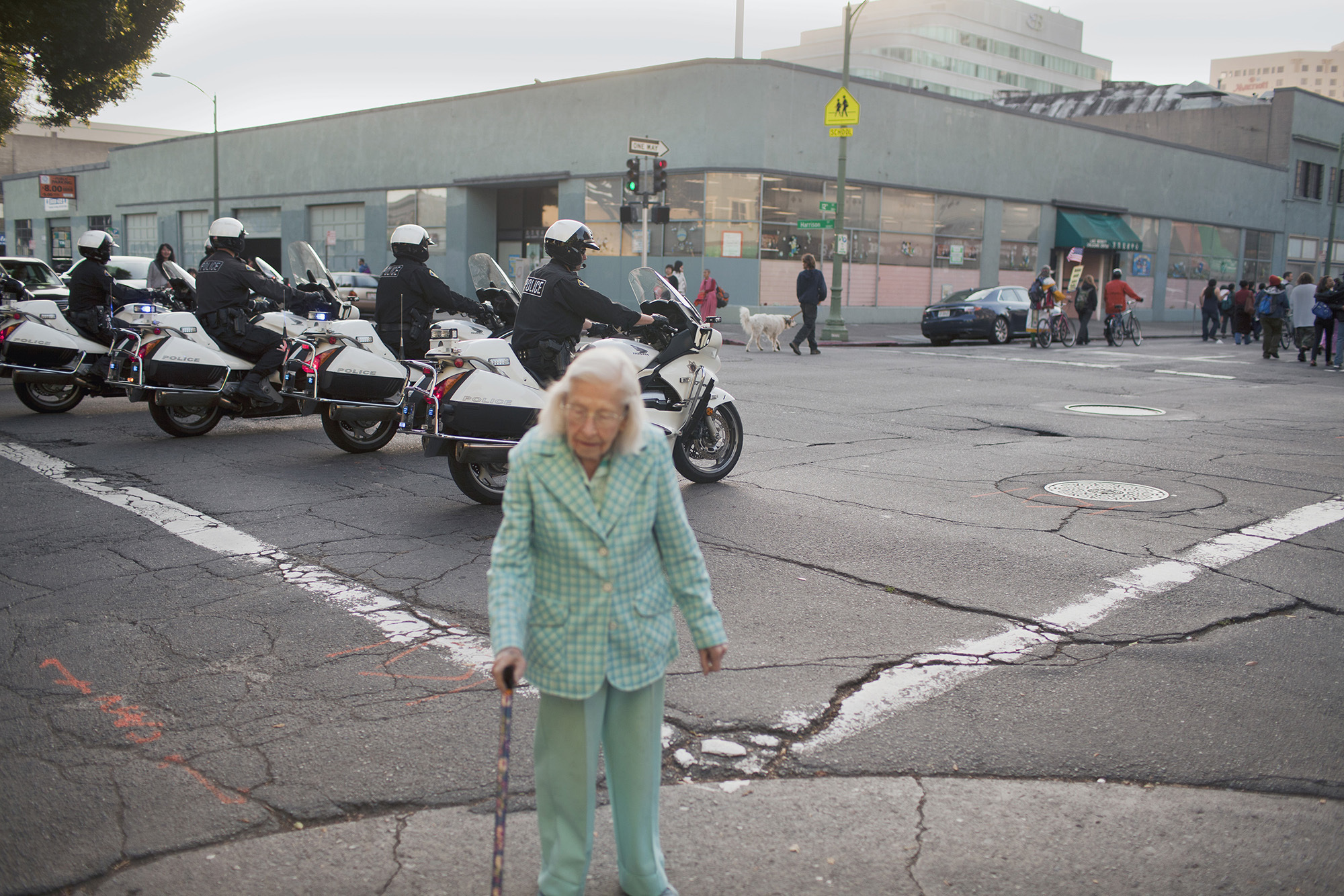
From the series Occupy Bay Area
Lily Chen
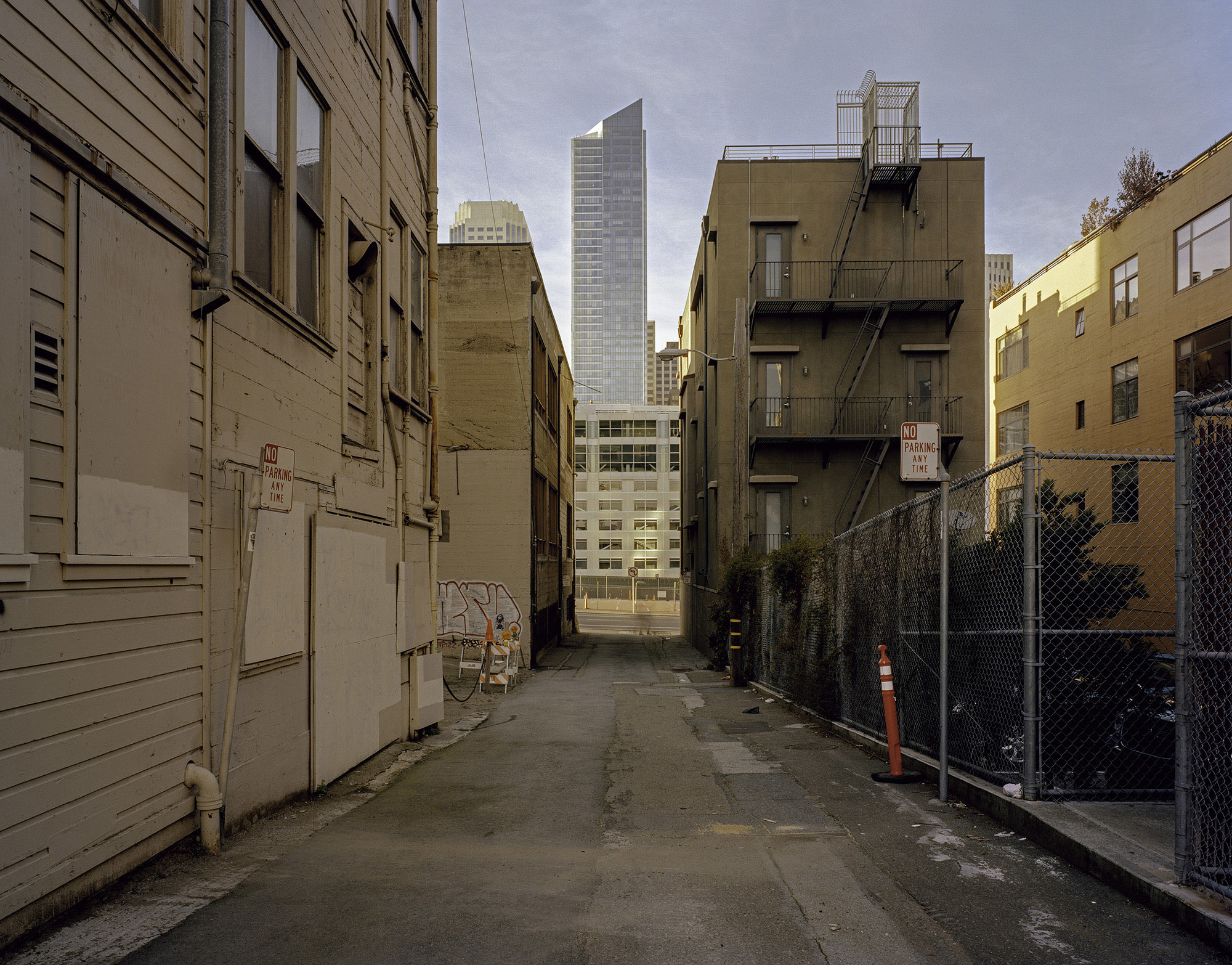
From the series SoMa Now
Janet Delaney
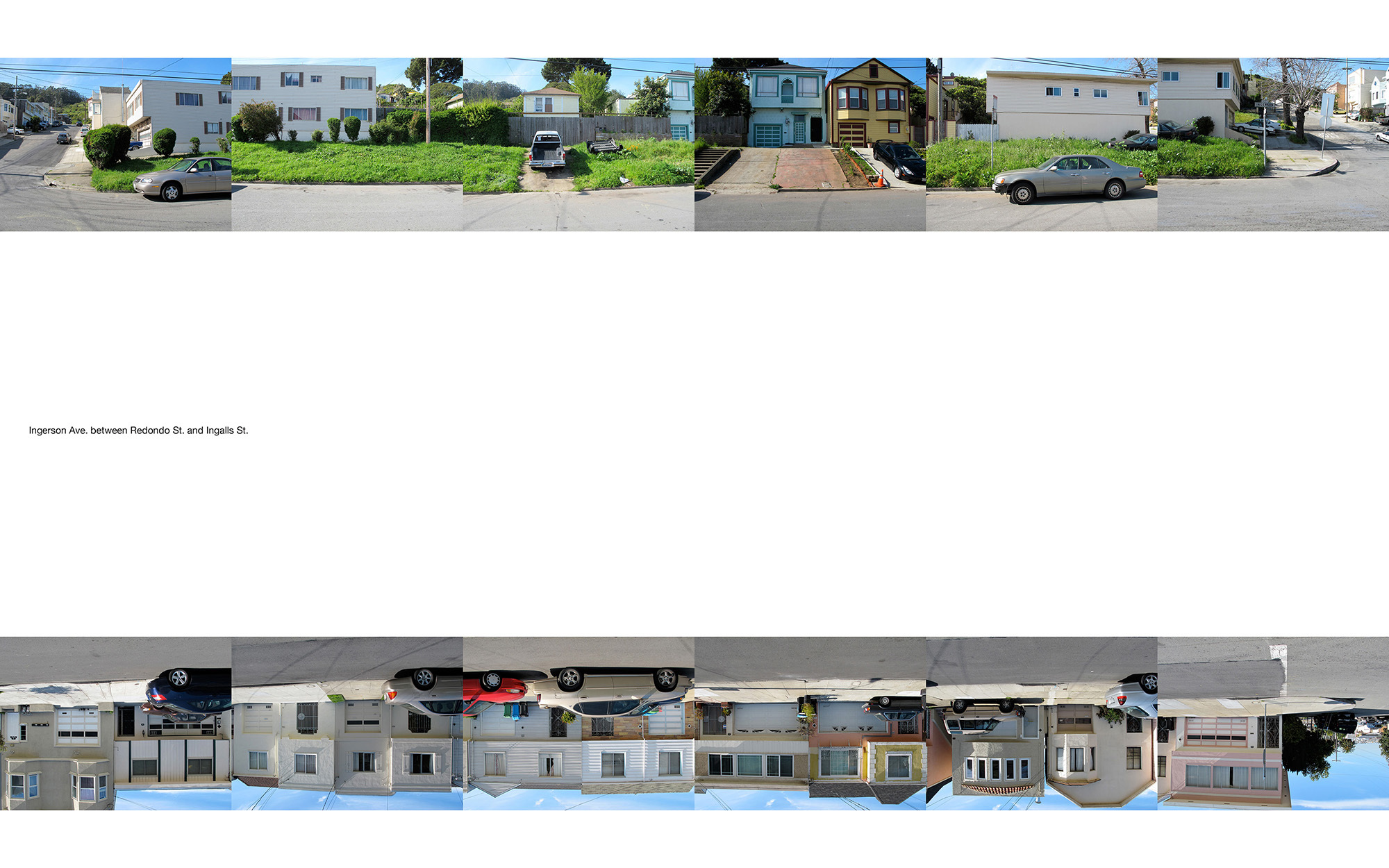
Ingerson Ave. between Redondo St. and Ingalls St.
Sergio De La Torre




